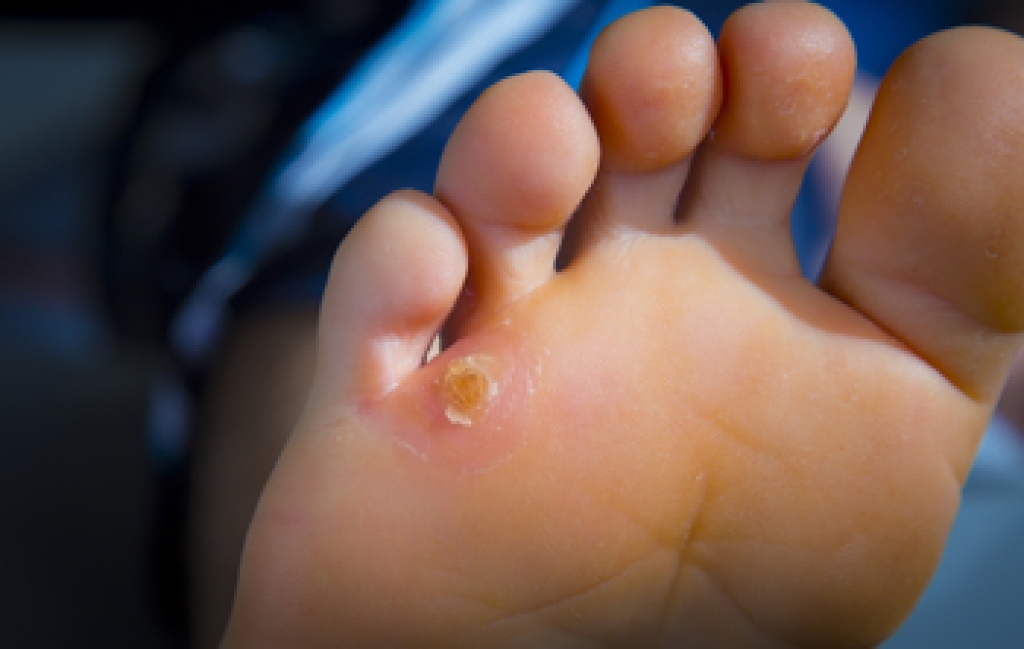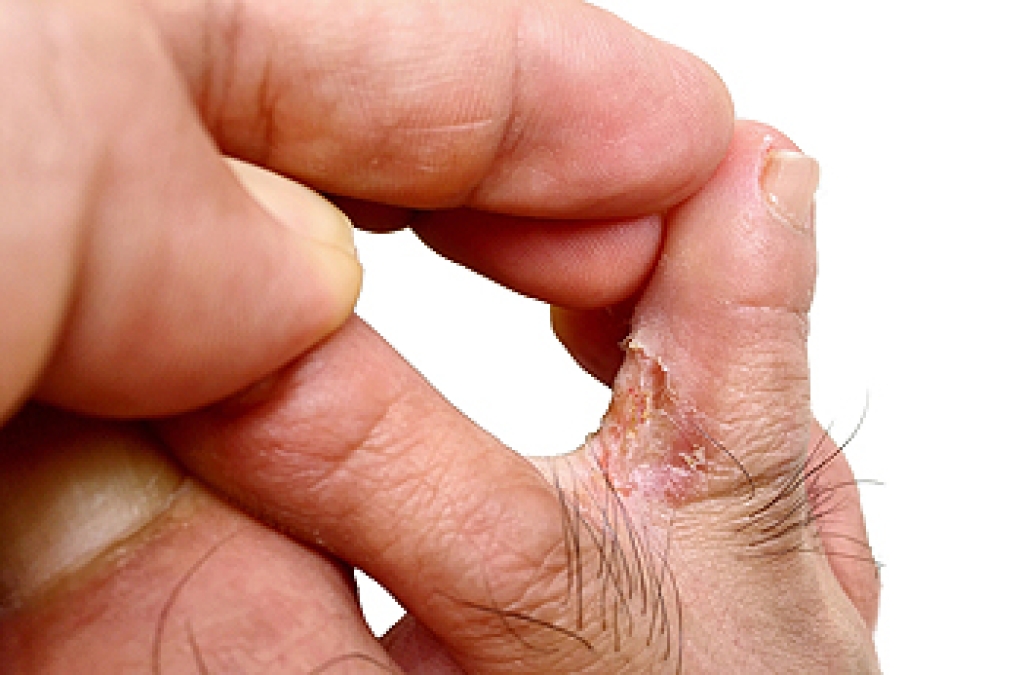
Ankle arthritis can make walking and daily activities difficult due to pain, swelling, and stiffness in the joint. While surgery is an option in some cases, many people find relief through non-surgical treatments. These methods aim to reduce discomfort, improve mobility, and slow the progression of arthritis. Common approaches include wearing supportive shoes or custom orthotics to ease pressure on the joint, using braces to add stability, and doing gentle exercises to strengthen the surrounding muscles. Targeted exercises may also help improve flexibility and balance. Anti-inflammatory medications, topical treatments, or corticosteroid injections can be used to manage pain and swelling. Maintaining a healthy weight is another important step, as it reduces stress on the ankle. With the right combination of care, many people are able to stay active and avoid surgery. If ankle pain is interfering with your life, it is suggested that you see a podiatrist to explore your treatment options.
Arthritis can be a difficult condition to live with. If you are seeking treatment, contact Brock Liden, DPM from Ohio. Our doctor can provide the care you need to keep you pain-free and on your feet.
Arthritic Foot Care
Arthritis is a joint disorder that involves the inflammation of different joints in your body, such as those in your feet. Arthritis is often caused by a degenerative joint disease and causes mild to severe pain in all affected areas. In addition to this, swelling and stiffness in the affected joints can also be a common symptom of arthritis.
In many cases, wearing ill-fitting shoes can worsen the effects and pain of arthritis. Wearing shoes that have a lower heel and extra room can help your feet feel more comfortable. In cases of rheumatoid arthritis, the arch in your foot may become problematic. Buying shoes with proper arch support that contour to your feet can help immensely.
Alleviating Arthritic Pain
- Exercises that stretch the foot can prevent further pain and injury and increase mobility
- Most of the pain can be alleviated with anti-inflammatory drugs, heat, and topical medications
- Massages can help temporarily alleviate pain.
It is best to see your doctor for the treatment that is right for your needs and symptoms. Conditions vary, and a podiatrist can help you determine the right method of care for your feet.
If you have any questions please feel free to contact our office located in Circleville, OH . We offer the newest diagnostic tools and technology to treat your foot and ankle needs.




